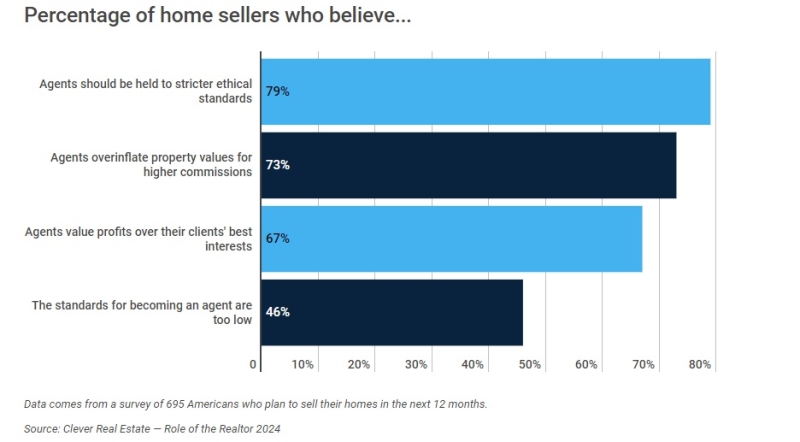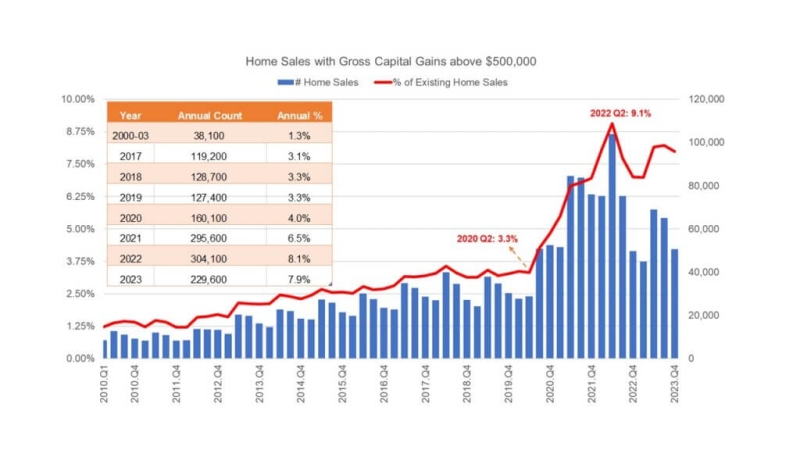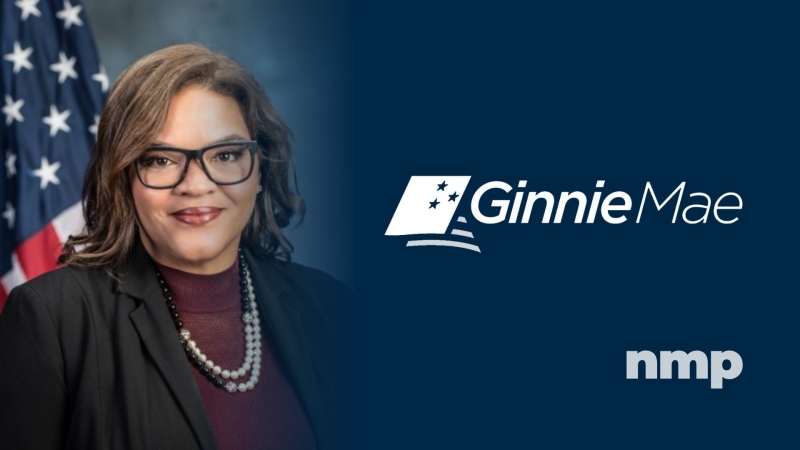Advertisement
Regulatory Compliance Outlook: Fannie revises quality control requirements

Fannie Mae has announced revisions to its Selling Guide for Lender Quality Control Standards1 by issuing an update on March 29, 2010 as part of its Loan Quality Initiative (LQI).2 The LQI identified policies, processes, and technological enhancements involved in originating mortgage loans to Fannie’s underwriting and eligibility standards, with the further goal of mitigating repurchase risk. One consequence of the LQI was a substantial revamping of Fannie’s quality control (QC) policies specified in Part D of the Selling Guide.3 The ostensible purposes of the revisions are primarily to update outdated policies and create more comprehensive audit findings.4 The new quality control requirements affect all lenders that deliver mortgage loans to Fannie Mae for purchase and therefore, by extension, virtually all residential mortgage originators that originate conventional mortgage loans.
Effective: July 1, 2010
Highlights of changes
There are eight areas that have undergone change:
1. Lenders must have written procedures for approving third-party originators and management procedures for third-party originations (TPOs).
2. Revisions have been made to the QC process and the QC plan.
3. Revisions have been made to outsourcing the QC audit.
4. There is a new requirement for a pre-funding QC review.
5. Revision to the sampling methodology and the timing of selection and completion of the post-closing QC audit.
6. Revision to the post-closing review process.
7. Update to Fannie’s Mortgage Loan File Document Submission Requirements.
8. New requirement pertaining to the QC audit process.
Let’s take a brief look at these important requirements.
Outline of LQI requirements
1. Accountability for third-party originations5
►Written procedures for the approval of third-party originators
►Review of specific documents (i.e., financial statements, licenses)
►Quarterly reviews of third-party-originated loans
2. QC process and plan6
►Defines standards and establishes processes, as well as controls, for originations
►Provides a higher level of specificity
3. Outsourcing the QC audit7
►Establish a process to review the QC auditor’s work and procedures
►Determine the QC auditor’s knowledge and competencies
►Codify policies and procedures of the auditor’s review methodologies
4. Pre-funding QC reviews8
►Pre-funding reviews established
►Provide senior management with findings
►Determine appropriate selection methods
►Review to provide information to detect and prevent:
►Misrepresentation
►Inaccurate data
►Inadequate documentation
5. Post-closing QC timing and loan sampling9
►Selections must be made within 30 days of closing
►Reviews completed within 60 days
►Notification to Fannie if QC is not done within 30 day cycle
►Statistical sampling now available, versus 10 random sampling
6. Post-closing QC review process and data integrity10
►Owner occupancy verification
►Red Flags from Desktop Underwriter or other sources
7. Mortgage loan file document Submission Requirements11
►The 2007 Selling Guide form listing the document requirements for submitting loan files for QC auditing is reactivated
8. QC reviews and audit review of the QC process12
►Within 30 days after the review, findings must be reported to senior management
►QC process must ensure that QC audit’s procedures are followed and that assessments, conclusions, and findings are consistent and accurately recorded
►Management responses and corrective actions must be documented and implemented
Compliance considerations
Given the above-outlined updates and requirements to QC, there are certain measures that should be reviewed in the quality control plan and, where required, management should reduce to writing the appropriate revisions affecting Fannie loan originations, including:
►Ratifying written procedures governing the approval of third-party originators, which should include, at a minimum, an annual review of their financial statements, current licenses, résumés of principal officers, background checks, and the TPO’s quality control procedures.
•Precise, clearly defined procedures for monitoring loan quality through quality control auditing.
•Written policies and that document the loan selection process, the verification of data, and the reporting process with respect to pre-funding quality control.
•Affirming senior management’s responsibility to ensure that the quality control auditor is meeting all requirements as set forth by FNMA by reviewing all findings reported by the auditor and at least annually reviewing the auditor’s Operating Procedures.
•Affirming that loans selected for audit: (1) will be made within 30 days of closing; (2) will be completed by the quality control auditor within 60 days of the selection; and (3) will be reported to senior management in the quality control findings within 30 days after the completion of the audit.
•Re-verification in quality control of the borrower’s credit history by obtaining a new in-file credit report for all loans selected for audit, including manually underwritten loans and loans underwritten through DU or any other automated underwriting systems. If a borrower’s credit history was evaluated by using a nontraditional credit process, the quality control auditor should re-verify a nontraditional mortgage credit report, or written references from creditors, for each of the credit references on the report and each credit reference.
•Enumerating Red Flags and incorporating them into the auditor’s process documents and quality control audit procedures.
•Affirming that all loans selected for a quality control audit will be checked to ensure the execution of all loan origination documentation, information, and verifications. Recite particularly all forms, disclosures, and procedures relating thereto, as well as specifically state the compliance review procedures for any federal or state laws subject to quality control audit.
Prompt action
The revisions will require mortgage loan originators to change their quality control plans. The substantial rewriting of Part D of the Selling Guide affects several areas of the Loan Quality Initiative, including pre-funding, post-closing, sampling methodologies, QC reporting and outsourcing, timing, TPO reviews, document requirement forms, and other specific, auditing aspects of mortgage quality control.
Review and implementation of Fannie Mae’s new quality control policies and procedures, along with updating quality control plans, must be arranged now and ratified by senior management.
Submit your questions …
Do you have a regulatory compliance issue that you’d like to see addressed in the Regulatory Compliance Outlook Column? If so, e-mail your issue or concern to Jonathan Foxx at [email protected].
Jonathan Foxx, former chief compliance officer for two of the country’s top publicly-traded residential mortgage loan originators, is the president and managing director of Lenders Compliance Group, a mortgage risk management firm devoted to providing regulatory compliance advice and counsel to the mortgage industry. He may be contacted at (516) 442-3456 or by e-mail at [email protected].
Footnotes
1—Fannie Mae, Announcement SEL-2010-03, “Selling Guide Updates for Lender Quality Control Standards,” 03/29/10.
2—Fannie Mae, Lender Letter LL-2010-03, Lender Letter, “An Introduction to Fannie Mae’s Loan Quality Initiative,” 02/26/10.
3—Selling Guide, Part D, Ensuring Quality Control.
4—A copy of Fannie’s Announcement SEL-2010-03 may be obtained from my firm’s Fannie Mae section in our Web site Library at www.lenderscompliancegroup.com or Fannie’s Single Family Guide’s 2010 Lender Announcements and Letters section of www.efanniemae.com.
5—Selling Guide A3-3-01: Outsourcing of Mortgage Processing and Third-Party Originations; D1-1-02: Lender QC Process.
6—Selling Guide D1-1-02: Lender QC Process.
7—Selling Guide D1-1-03: Lender QC Staff and Outsourcing of the QC Process.
8—Selling Guide D1-2-01: General Information on Lender Prefunding QC Review Process.
9—Selling Guide D1-3-02: Lender Mortgage Selection Process for Post-Closing QC Mortgage Reviews.
10—Selling Guide D1-3-03: Lender Post-Closing QC Review of Underwriting Documents; D1-3-04: Lender Post-Closing QC Review of Data Integrity; D1-3-07: Lender Post-Closing QC Review of Closing Documents.
11—D2-1-02: Fannie Mae QC File Request and Submission Requirements; E-2-07: Post-Closing Mortgage Loan File Documentation.
12—Selling Guide D1-3-08: Lender Post-QC Review Reporting, Record Retention, and Audit.
About the author





